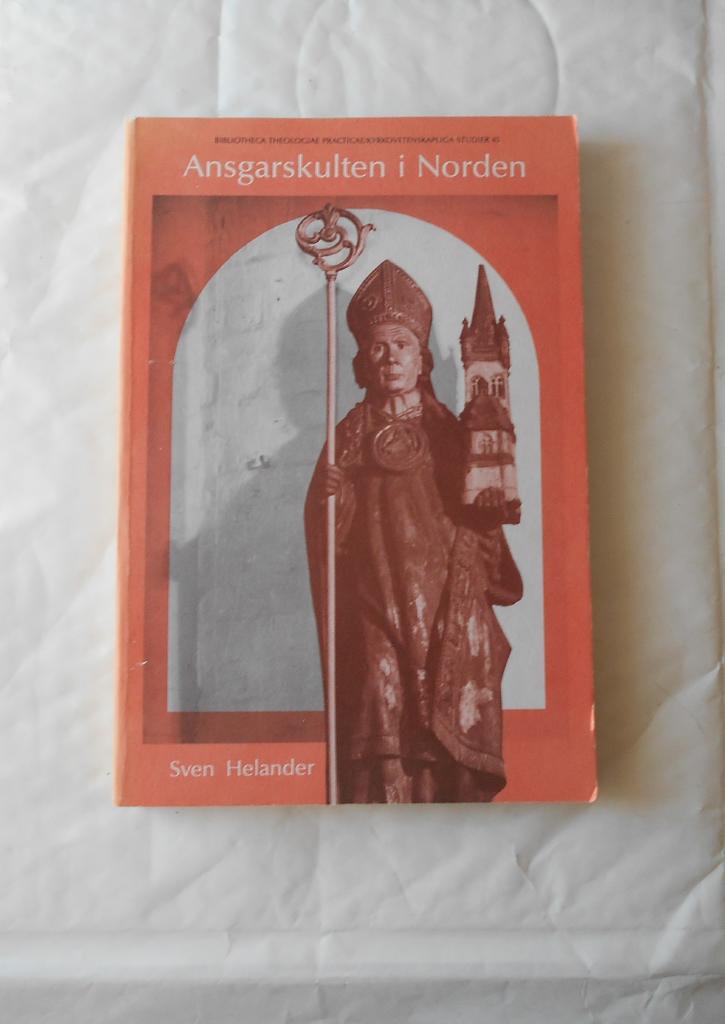
Brukade bilder. Södra Skandinaviens hällristningar ur ett historiebruksperspektiv
Häftad bok. Stockholm Institutionen för arkeologi och antikens kultur, Stockholms universitet. 2017. 249 sidor.
Nära nyskick.
Förlagsfakta
- ISBN
- 9789176499016
- Titel
- Brukade bilder [Elektronisk resurs] Södra Skandinaviens hällristningar ur ett historiebruksperspektiv
- Författare
- Nilsson, Per 1969- - Burström, Mats - Carlsson, Anders - Gustafsson, Anders - Stockholms universitet Humanistiska fakulteten
- Förlag
- Stockholm Institutionen för arkeologi och antikens kultur, Stockholms universitet
- Utgivningsår
- 2017
- Språk
- Svenska
- Baksidestext
- The timeframe of the south Scandinavian rock art tradition extends from c.1700/1600 to 300 /200 BC. The chronological boundaries of the rock art phenomenon thereby coincide roughly with the timeframe of the Nordic Bronze Age, and rock art figures have come to be understood and interpreted as a Bronze Age phenomenon. It is argued that a dominant Bronze Age narrative has come to direct the discourse and fieldwork alike towards a focus on the origin , rather than the use, of rock art. The rock carver’s intention with the image, explicitly or implicitly, has come to equate with its meaning. The aim of the thesis is to approach rock art figures from a different perspective, with the aim of understanding how south Scandinavian rock art has been used and interpreted over time. The question of what archaeological evidence the use of rock art may have left behind is taken up, and the archaeological excavations carried out at rock art sites in southern Scandinavia are summarized and discussed. The survey shows that finds and features date to some extent from the Bronze Age, yet most of the dateable evidence comes from periods after the tradition of creating new images had ended, especially the Early Iron Age. This phenomenon is of particular interest given the explicit uses of the past-perspective of the thesis. It is argued that some of the rock art sites were still being used during later prehistoric periods. Other examples of later period´s uses of rock art sites are presented and discussed, such as runic inscriptions on rock art panels as well as the use of rock art and cup-mark sites during historic times. A study of the chronological development of the rock art tradition in the Himmelstalund-region in the county of Östergötland is also presented, based on recently developed ship chronologies of rock art. The study shows that the earliest ship figures, which are found in the Himmelstalund area, were probably made in the Bronze Age period I/II. Yet the majority of the dateable ship figures date from the Bronze Age period II–III, after which the number of dateable ships declines in period IV, a development becoming even more prominent in period V-VI. Another theme discussed in the thesis is archaeology’s own uses of rock art and how this has affected the interpretations of the material. The thesis shows it is feasible to combine a discussion on the prehistoric use of rock art sites and images with a critical view of interactions between archaeological and antiquarian practice and the source material. It has also shown the potential for a broadened discussion, where we regard the use of rock art, during the Bronze Age as well as during later periods, as integral and essential to rock art research.
Diss. Stockholm : Stockholms universitet, 2017










